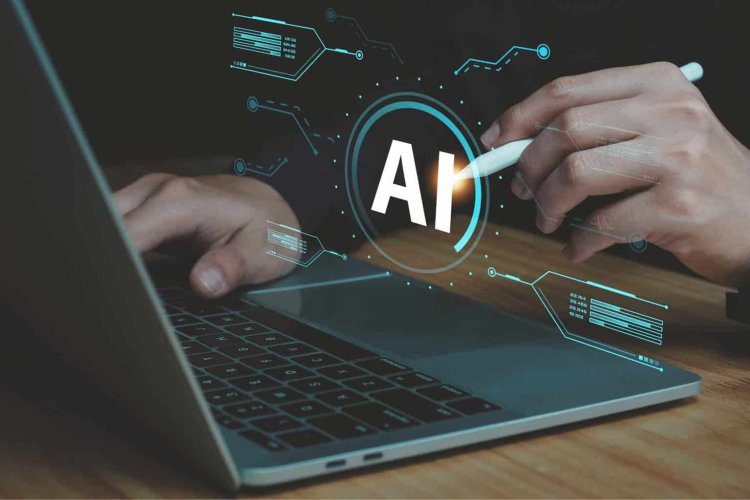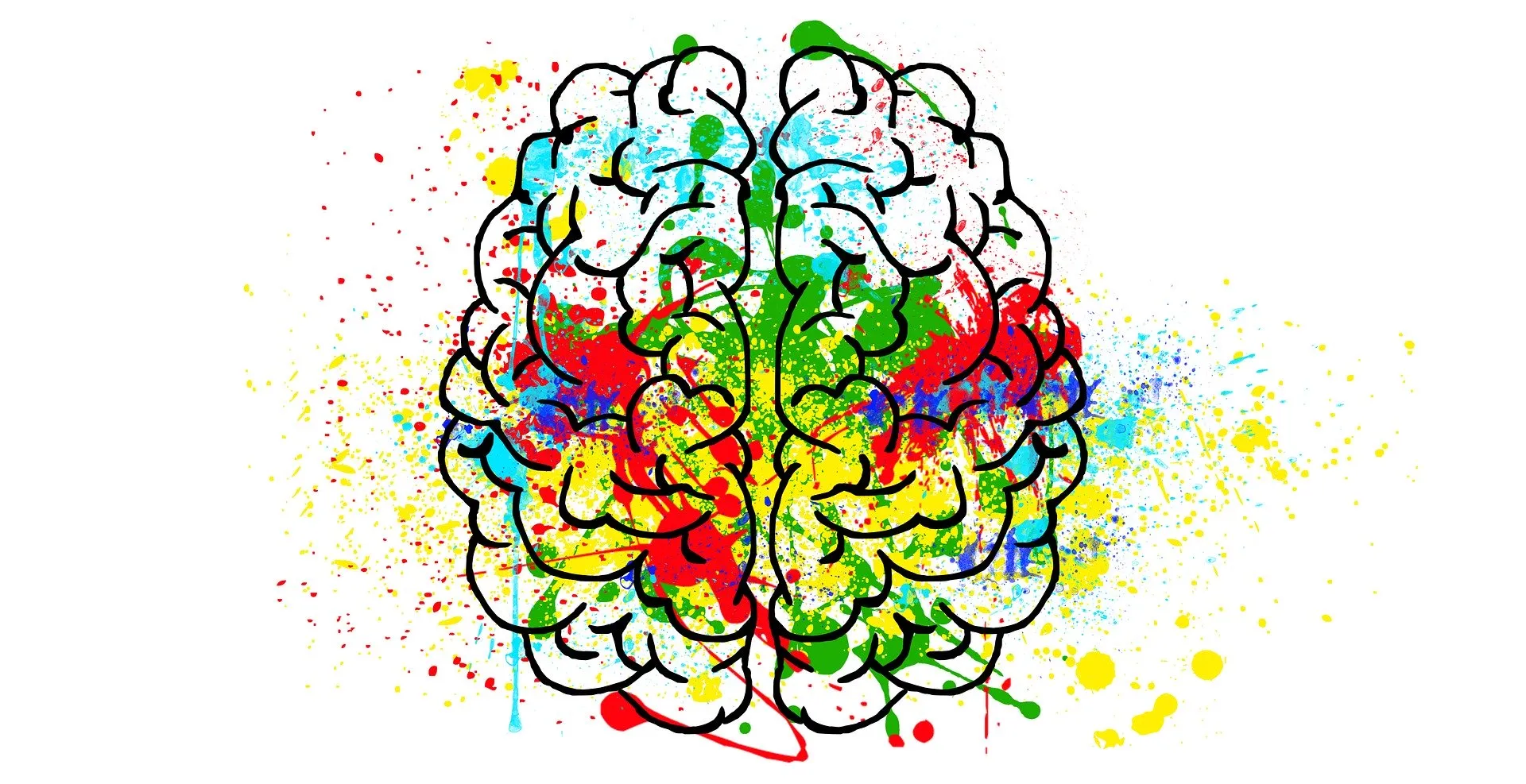The Ultimate Guide for AI Detector
A specific tool called an AI detector is made to determine whether a piece of material was created by AI or by a human.

Introduction
Our approach to content creation and consumption has changed as a result of artificial intelligence (AI). Artificial intelligence (AI) writing tools have grown in popularity, from AI-generated articles to automated chat responses. But the increase in AI-generated content has also raised questions over originality, accuracy, and authenticity. Here's where an AI detector can help.
AI detectors help distinguish between human-written and AI-generated content, ensuring trust, credibility, and compliance in various industries, including education, journalism, and online marketing. In this article, we’ll explore how AI detectors work, their importance, and their impact on different sectors.
What Is an AI Detector?
A specific tool called an AI detector is made to determine whether a piece of material was created by AI or by a human. These detectors analyze text using machine learning algorithms, linguistic patterns, and probability models to determine its origin.
Key Features of AI Detectors
Text Analysis – AI detectors examine sentence structure, word choice, and coherence to determine if the text follows typical AI-generated patterns.
Perplexity and Burstiness – AI-generated text often lacks variation in sentence complexity, which AI detectors use as a key indicator.
Plagiarism Detection – Some AI detectors also check for content duplication to identify whether AI has reworded existing information.
Machine Learning Models – Advanced AI detectors use deep learning algorithms trained on vast datasets of human and AI-generated content.
Probability Scores – These tools assign scores indicating the likelihood of the content being AI-generated.
How Do AI Detectors Operate?
AI detectors use machine learning and natural language processing (NLP) to assess a text's properties.The process typically involves:
Data Collection – AI detectors use vast datasets containing both human and AI-generated text to train their models.
Pattern Recognition – The detector analyzes syntax, semantics, and readability levels to identify patterns commonly found in AI-generated content.
Perplexity Measurement – AI-generated text often has lower perplexity (less randomness), making it easier for detectors to spot.
AI Model Comparison – Some detectors compare the given text against known AI writing models like ChatGPT, GPT-4, and Bard.
Why Do AI Detectors Matter?
As the usage of AI-generated information grows, AI detectors are essential for preserving integrity and transparency. Here’s why they are essential:
Academic Integrity
– Educational institutions use AI detectors to submit AI-generated assignments or essays. – Helps teachers identify original work and uphold academic honesty.
Journalism & Media
– News organizations use AI detectors to verify the authenticity of articles before publication. – Prevents the spread of AI-generated misinformation or biased content.
SEO & Digital Marketing
– Search engines prioritize human-written content for ranking purposes. – Businesses use AI detectors to ensure their content remains original and engaging.
Legal & Compliance
– Some industries require human-authored content for legal documentation. – AI detectors help companies comply with industry regulations.
Job Market & Hiring:
To confirm the legitimacy of cover letters, resumes, and writing samples, employers employ AI detectors. - makes sure AI-generated job applications are avoided.
-
AI Detectors' Drawbacks and Limitations
-
Even though AI detectors are helpful, they are not flawless. The following are a few of the difficulties:
-
False Positives: AI detectors occasionally identify human-written content as artificial intelligence (AI) generated.
-
Evolving AI Models – As AI writing tools improve, detectors must constantly update their algorithms.
-
Context Misinterpretation – AI detectors may struggle to differentiate between AI-assisted content and fully AI-generated text.
-
Limited Accuracy – Some AI detectors may not be fully reliable, leading to incorrect classifications.
Best AI Detectors Available
Several AI detectors have emerged to help individuals and organizations identify AI-generated content. Some of the most popular ones include:
GPTZero – Designed for educators to detect AI-generated student work.
Originality.ai – Widely used for SEO and content marketing verification.
Copyleaks AI Detector – Provides detailed AI probability scores for text.
Turnitin AI Detection – Popular in academic institutions for plagiarism and AI detection.
Hugging Face AI Detector – A free tool that provides basic AI text analysis.
Conclusion
As AI-generated content continues to grow, AI detectors have become crucial in maintaining content authenticity, trust, and credibility. Whether used in education, journalism, or digital marketing, these tools help ensure that AI is used responsibly. While AI detectors are not foolproof, they remain an essential part of the evolving landscape of AI-powered content creation.
See More Visit Website: Click Here
What's Your Reaction?



















.jpg)
